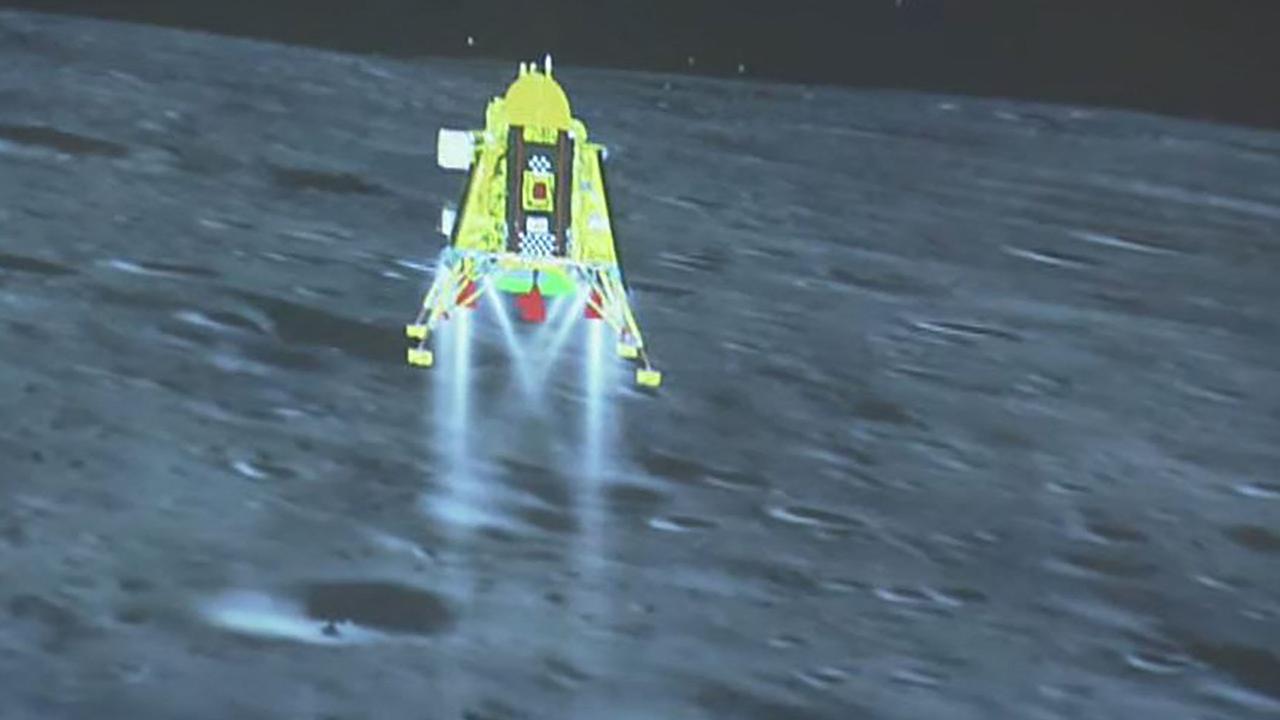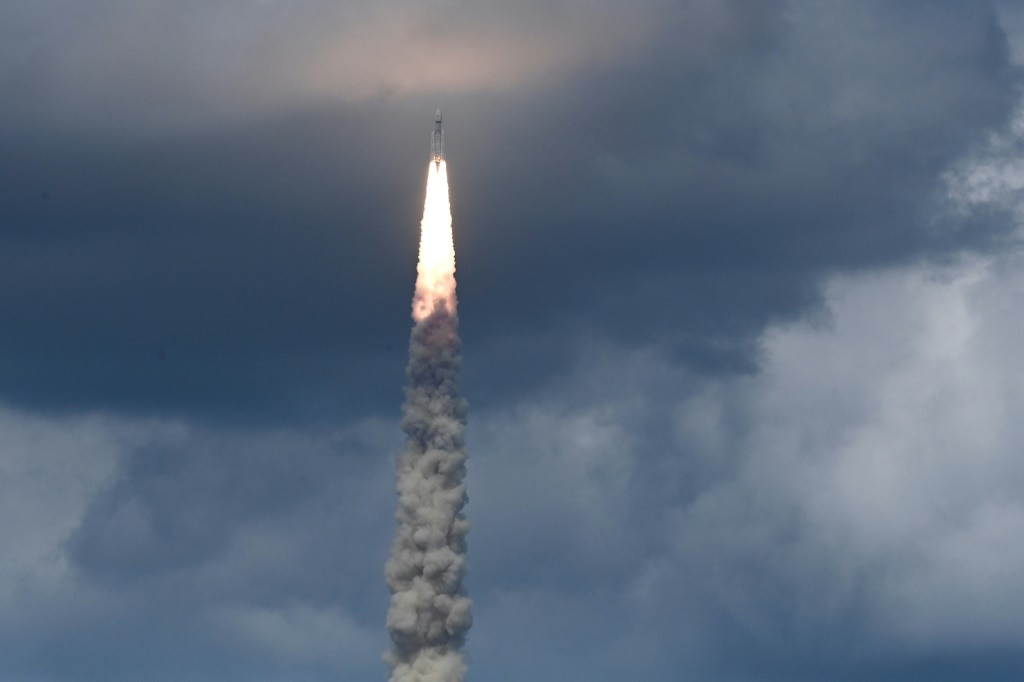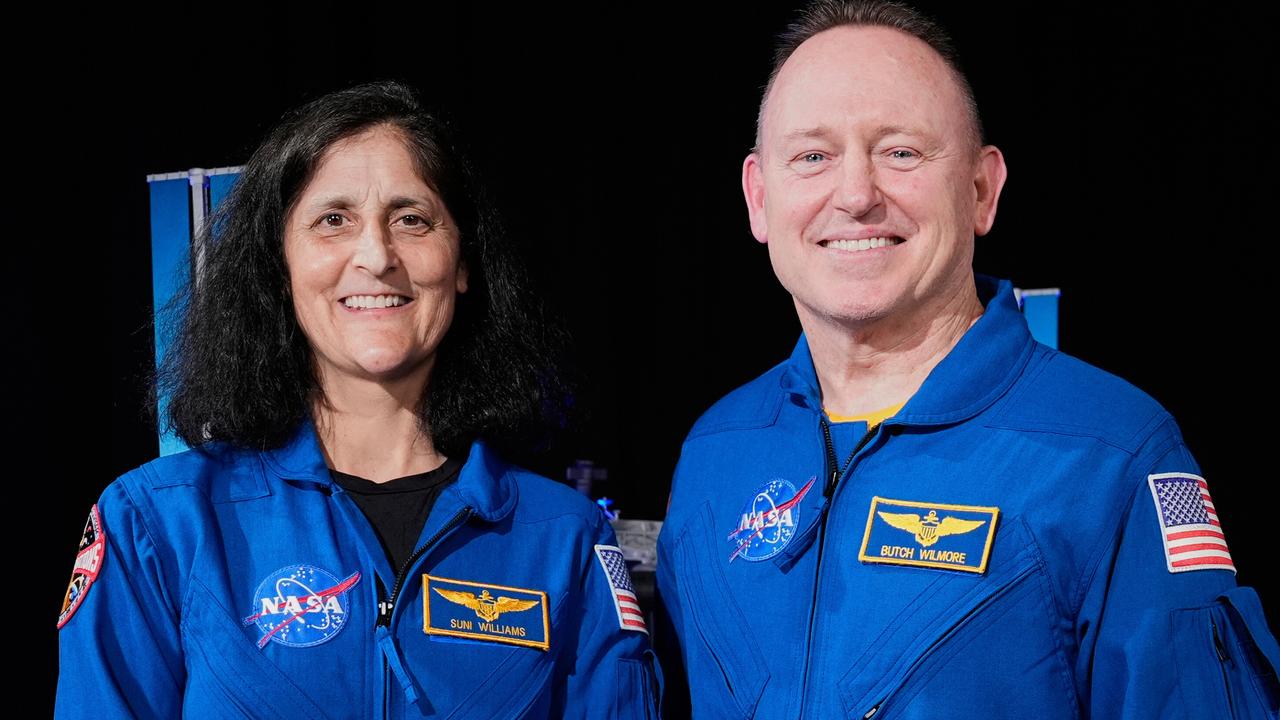India becomes first country to land safely on moon’s south pole
In what’s been described as an “historic day,” India has become the first ever nation to land a spacecraft on the dark side of the moon.

India has become only the fourth nation in the world to land a rocket on the moon, and the first ever to do so on the moon’s “dark side”.
The nation’s lunar spacecraft landed safely near the moon’s little-explored south pole on Wednesday, sparking wild celebrations and applause among technicians guiding the mission.
“Chandrayaan-3 has successfully soft-landed on the Moon,” the Indian Space Research Organisation (ISRO) announced at its headquarters.
Chandrayaan means “mooncraft” in Sanskrit.
The landing is a triumph for New Delhi and comes in the middle of a major international summit in front of China and Russia. It will be humbling for Moscow whose own mission to the moon ended in failure just days ago.
Indian Prime Minister Narendra Modi called it a “historic day for India’s space sector,” on the social media platform X, previously known as Twitter.
“The sky is not the limit,” he added.

Landing on mysterious south pole
India’s landing is unique as it has reached the surface of the little explored south pole of the moon, which is permanently facing away from Earth.
Much of the south pole is always in darkness which has discouraged previous missions.
Sunlight does reach this pole but the area is so mountainous that only higher ground is illuminated while low lying areas are always shadowed and cold.
But there is speculation that this could lead to frozen water being found in the region. If that was the case, it could make future exploration of the moon more viable.
Fourth nation to safely land on moon
Only the United States, China and the former Soviet Union have managed a successful moon landing previously.
Earlier this week, Russia tried to do the same with its Luna 25 spacecraft. But in a blow to Moscow, the mission ended in failure after the craft crashed onto the moon’s surface.
India’s success comes in the middle of the BRICS summit of developing nations of which both it and Russia are members along with China, Brazil and South Africa.
A previous Indian effort to reach Earth’s satellite failed in 2019. But the ISRO appeared to have learned from that incident.
“Chandrayaan-3 is going to go with more ruggedness,” the former head of the ISRO Kailasavadivoo Sivan said this week.
“We have confidence, and we expect that everything will go smoothly.”

Now Chandrayaan-3 has landed it will stabilise its position. Later a moon rover will be deployed from the craft to explore the local area.
The mission was launched nearly six weeks ago in front of thousands of cheering spectators, but took much longer to reach the moon than those of the Apollo missions in the 1960s and 1970s, which arrived in a matter of days.

India is using rockets which are much less powerful than those the US used back then, meaning the probe had to orbit Earth several times to gain speed before embarking on its month-long lunar trajectory.
The spacecraft’s lander, Vikram, which means “valour” in Sanskrit, detached from its propulsion module last week and has been sending back images of the moon’s surface since entering lunar orbit on August 5.

More Coverage
Low cost space program
India has a comparatively low-budget aerospace program, but one that has grown considerably in size and momentum since it first sent a probe to orbit the moon in 2008. The latest mission comes with a price tag of $74.6 million ($A116m) far lower than those of other countries, and a testament to India’s frugal space engineering.
Experts say India can keep costs low by copying and adapting existing space technology, and thanks to an abundance of highly skilled engineers who earn a fraction of their foreign counterparts’ wages.






